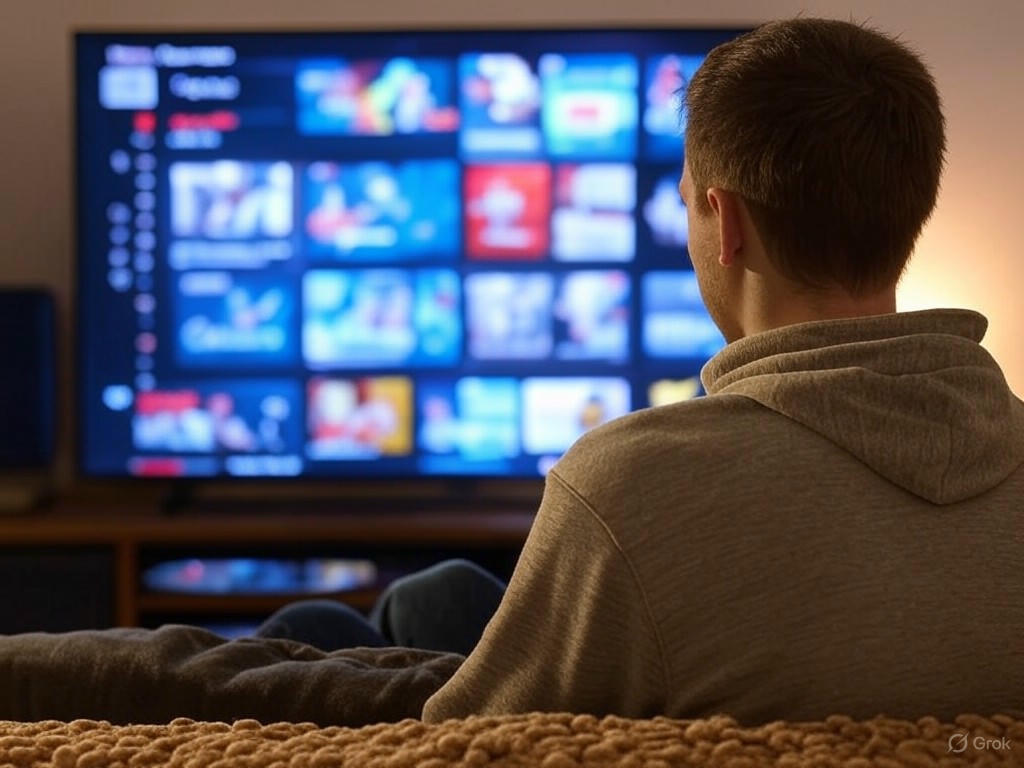In a landmark moment for the entertainment industry, streaming platforms have officially eclipsed traditional broadcast and cable television in viewership, marking a seismic shift in how audiences consume content. According to recent data released by Nielsen, May became the first month where streaming services captured more viewing hours than their long-standing counterparts. This achievement underscores the rapid evolution of media consumption habits and signals a new era for digital entertainment.
For decades, broadcast and cable TV dominated living rooms, shaping cultural trends and serving as the primary source of news, sports, and entertainment. However, the rise of on-demand platforms has steadily chipped away at their stronghold. With the convenience of watching content anytime, anywhere, and on any device, streaming services have redefined viewer expectations. Giants like Netflix, Amazon Prime, and Disney+ have invested billions in original programming, offering diverse libraries that cater to niche interests and global audiences alike. This strategic focus on quality and accessibility has paid off, as more households cut the cord in favor of subscription-based models.
The numbers paint a striking picture of this transformation. Nielsen’s report highlights that streaming accounted for a larger share of total viewing time in May, a feat that seemed unimaginable just a decade ago. Factors driving this surge include the proliferation of smart TVs, mobile devices, and high-speed internet, which have made streaming more accessible than ever. Additionally, younger generations, who prioritize flexibility over scheduled programming, have embraced platforms that allow binge-watching and personalized recommendations. The pandemic also played a pivotal role, accelerating the shift as lockdowns kept people indoors and hungry for fresh content.
This milestone raises important questions about the future of traditional television. While broadcast and cable networks still hold significant sway—particularly for live events like sports and award shows—their relevance is being challenged. Many networks have responded by launching their own streaming services or partnering with existing platforms to stay competitive. However, the cost of maintaining dual infrastructures and the risk of audience fragmentation pose ongoing challenges. Advertisers, too, are reevaluating their strategies, shifting budgets toward digital spaces where targeted ads yield better engagement.
As streaming continues to dominate, the industry must adapt to emerging trends. Issues like subscription fatigue, content saturation, and the need for sustainable profitability loom large. Yet, one thing is clear: the viewer is now in control, dictating what, when, and how they watch. May’s record-breaking numbers are not just a statistic; they are a testament to a cultural pivot that prioritizes choice and innovation. The reign of streaming has begun, and its influence will only grow as technology and creativity converge to shape the future of entertainment. Traditional TV may not disappear entirely, but it must reinvent itself to coexist in a world where digital rules supreme.
